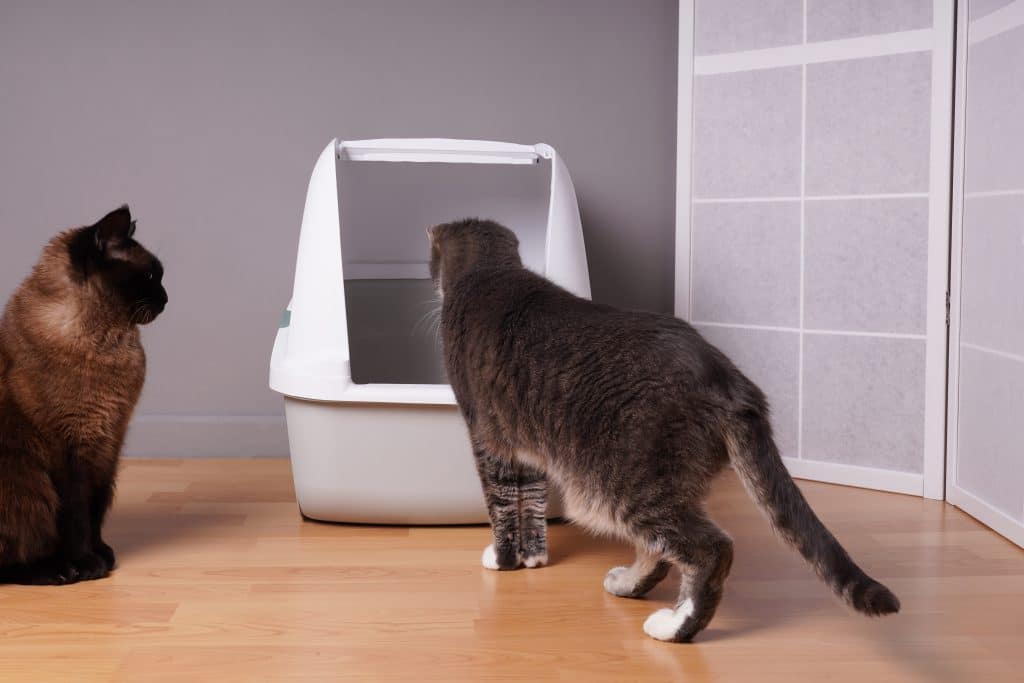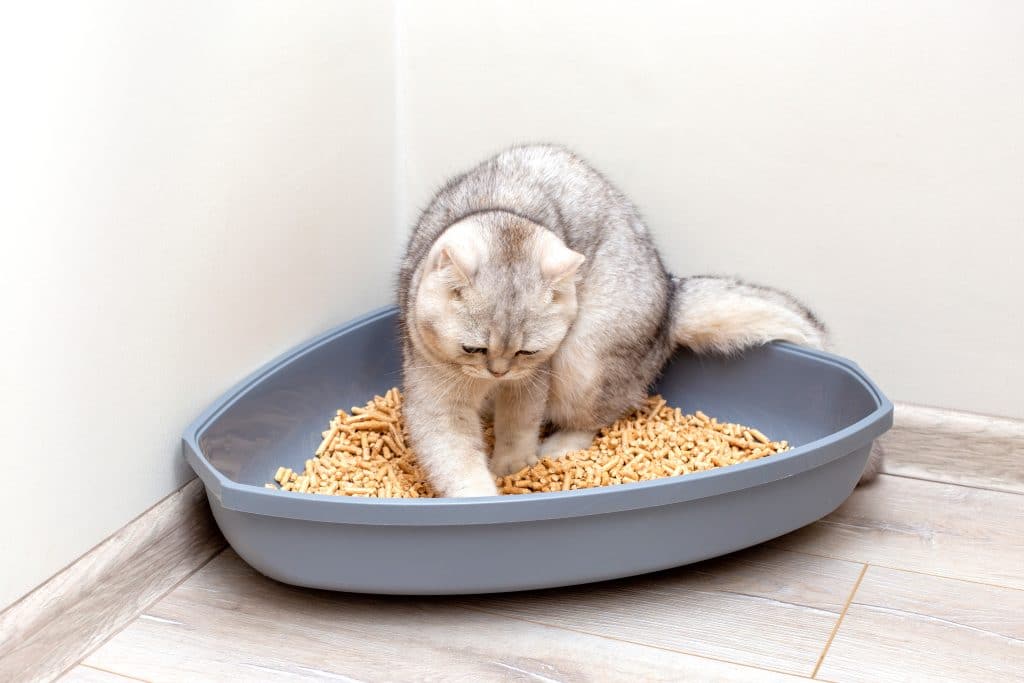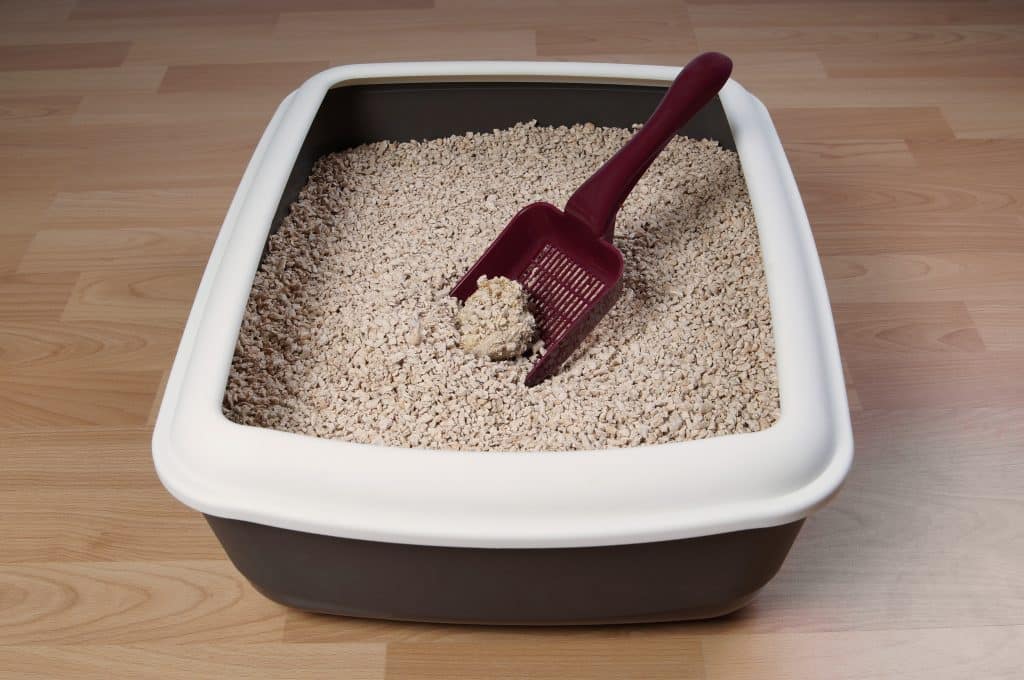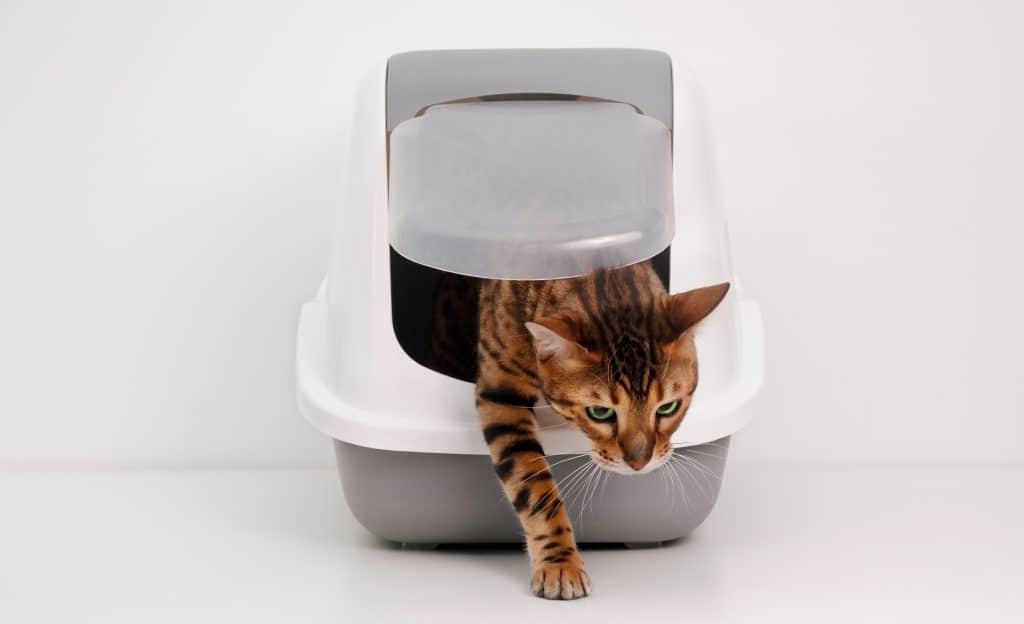Choosing the right litter for your cat is an essential aspect of responsible pet ownership. The type of litter you use can significantly impact your cat’s comfort, health, and happiness. In this post, you will learn about some of the different factors to consider when selecting the perfect litter for your feline friend, as well as some tips to make the process as smooth as possible. It will also discuss the various types of cat litter available on the market and their pros and cons. So let’s dive in and learn how to pick the right litter for your cat.
Observing Behavior To Pick The Right Litter

Just like humans, cats have their own unique preferences when it comes to their litter. As a pet owner, observing your cat’s behavior and understanding what they prefer is crucial. Some cats are particular about the texture and feel of their litter, while others may be more concerned about the scent or odor control.
To determine your cat’s preference, try introducing them to different types of litter and observe how they respond. Do they seem comfortable and use the litter box without any issues? Or do they avoid it or attempt to cover the litter with items around the house? By paying close attention to your cat’s behavior, you can more easily choose the right litter that suits their needs.
Different Types of Cat Litter: Pros and Cons

There is a wide variety of cat litter options available, each with its own set of advantages and disadvantages. Here, you will get a brief overview of the most common types of cat litter and their respective pros and cons.
Clumping Clay Litter
Typically made from clay and sodium bentonite, clumping clay litter is one of the most popular options. This type of litter forms small clumps when it comes in contact with moisture, which makes it easier to scoop out soiled areas and reduce odor.
- Pros: Excellent odor control, easy to clean, cost-effective
- Cons: Can be dusty, may not be suitable for kittens, not biodegradable
Non-Clumping Clay Litter
While this option is similar to clumping clay litter, it does not form clumps when exposed to moisture. Non-clumping clay litter tends to be more affordable and lasts longer than its clumping counterpart.
- Pros: Inexpensive, good odor control, low dust
- Cons: Requires more frequent litter box changes, not biodegradable
Silica Gel Crystals
Silica gel crystals are a popular choice among pet owners today. This type of litter absorbs moisture and traps odor, making it highly effective in controlling unpleasant smells. It is also lightweight and easy to clean up.
- Pros: Highly absorbent, long-lasting, low dust, excellent odor control
- Cons: More expensive, not always suitable for kittens or cats with sensitive paws
Biodegradable Litter (wood, paper, corn, etc.)
Last but not least, biodegradable litter is made from natural materials such as wood, paper, and corn. This type of litter is becoming increasingly popular due to its environmental-friendliness.
- Pros: Environmentally friendly, often dust-free, suitable for cats with allergies or respiratory issues
- Cons: May not clump as well, odor control can vary, may be more expensive
Health Risks To Consider To Pick The Right Liter

Certain types of cat litter can pose health risks to your cat. For example, some litter can be dusty, irritating your cat’s respiratory system, especially if they suffer from asthma or other respiratory issues. In this case, a low-dust or dust-free option, such as silica gel crystals or some biodegradable litters, would be a better choice.
When it comes to kittens, it’s important to avoid clumping clay litter, as they may ingest the litter while grooming themselves, potentially causing intestinal blockages. Instead, opt for non-clumping clay or biodegradable options for young kittens.
Senior cats or cats with health issues may also have specific litter requirements. For example, cats with arthritis may prefer softer litter, while cats recovering from surgery may require a temporary switch to a non-clumping or paper-based litter.
Environmental Impact Of Different Cat Litters

You should also consider the environmental impact of cat litter when selecting the best option for your pet. Traditional clay-based litters are sourced from strip mining, contributing to ecological degradation. Additionally, these litters are not biodegradable and can contribute to landfill waste. On the other hand, eco-friendly cat litter options like wood, paper, corn, or wheat-based products are typically made from renewable resources and are biodegradable, offering a more sustainable choice.
However, it’s important to note that while these options are more environmentally friendly, they may not offer the same level of odor control or clumping ability as traditional litters, and your cat may need time to adjust to the different textures.
Cost Considerations: Balancing Quality and Affordability

The cost of cat litter can vary significantly depending on the type. Generally, traditional clay-based litters are the most affordable option, but they often need to be replaced more frequently than other types. On the other hand, silica gel crystals and some biodegradable litters are more expensive initially but may last longer, offering greater cost-effectiveness over time.
When considering the cost, it’s also important to factor in the health implications for your cat and the environmental impact. While eco-friendly or dust-free litter may be more expensive upfront, the long-term benefits to your cat’s health and the environment can outweigh the initial cost.
Practicality: Ease of Cleaning And Odor Control

Aside from cost and health considerations, the ease of cleaning and odor control are crucial factors when choosing cat litter. Clumping clay litters and silica gel crystals are generally the easiest to clean because they form solid clumps that can be easily scooped out, leaving the remaining litter clean and fresh. They also tend to offer superior odor control compared to non-clumping and some biodegradable litters.
However, ease of cleaning should be balanced with your cat’s preferences. Some cats may not like the texture of clumping litters or silica gel crystals, so it might take some trial and error to find a litter that both you and your cat are happy with.
Trial and Error: The Best Way to Find the Perfect Litter

As with many aspects of pet ownership, finding the perfect cat litter often involves a bit of trial and error. Every cat is unique, and what works well for one cat may not work as well for another. It’s recommended to try a few different types of litter, noting how your cat responds to each one and how well each one meets your needs in terms of cost, ease of cleaning, odor control, and environmental impact.
Remember to be patient during this process. If you’re switching from one type of litter to another, do so gradually to give your cat time to adjust. Mix the new litter with the old one, gradually increasing the amount of the new litter over a week or so until it completely replaces the old litter.
Take Time To Pick The Right Litter For Your Cat!
Choosing the right litter for your cat may seem like a daunting task, given the multitude of options available. However, by considering your cat’s preferences, the health implications, the environmental impact, the cost, and the practicality of cleaning and odor control, you can make an informed decision that suits both you and your furry friend. Remember, the best cat litter is the one that your cat is comfortable using and fits well with your lifestyle and values. Keep an open mind, be patient, and don’t be afraid to try different options until you find the perfect fit.